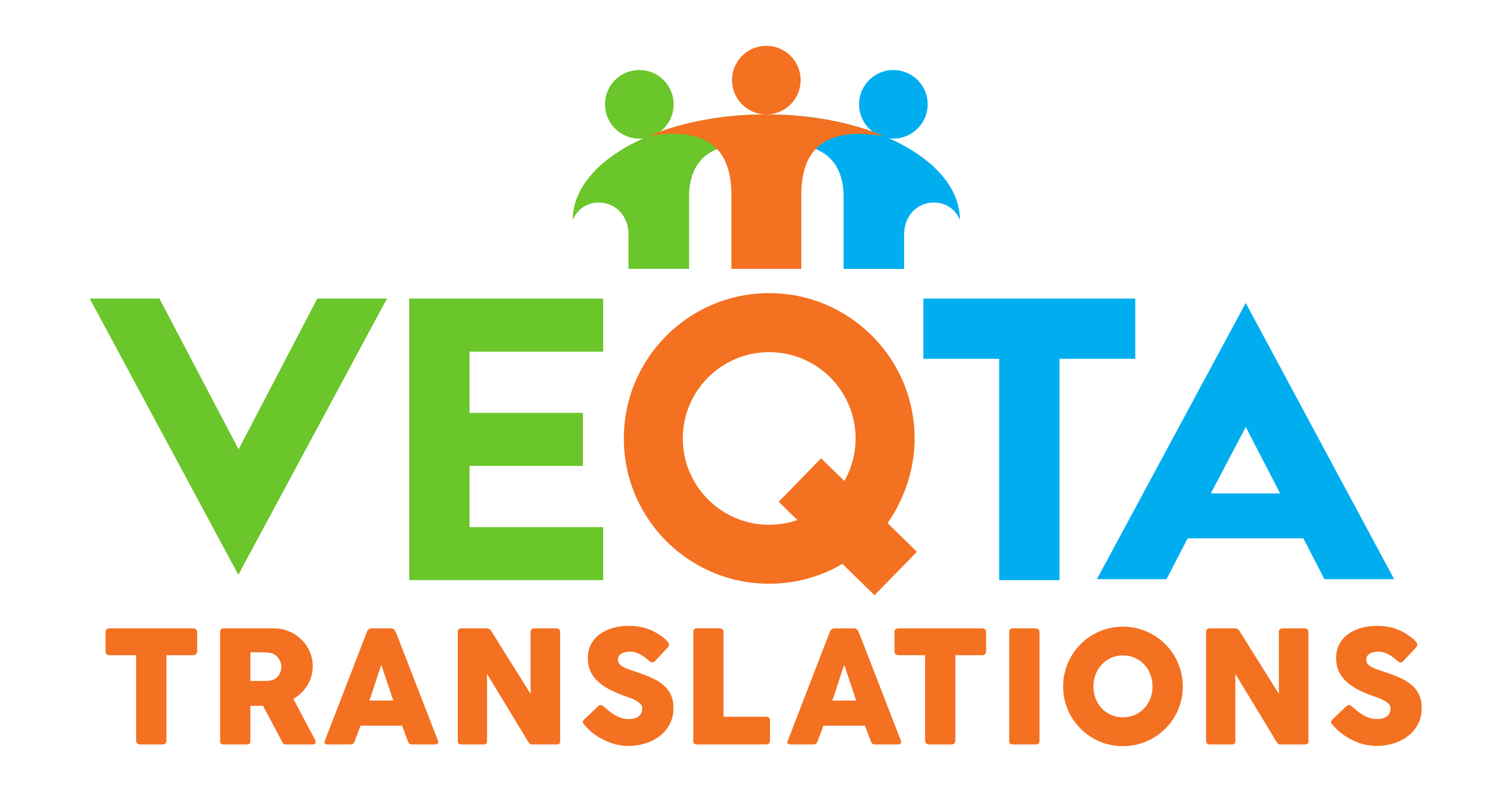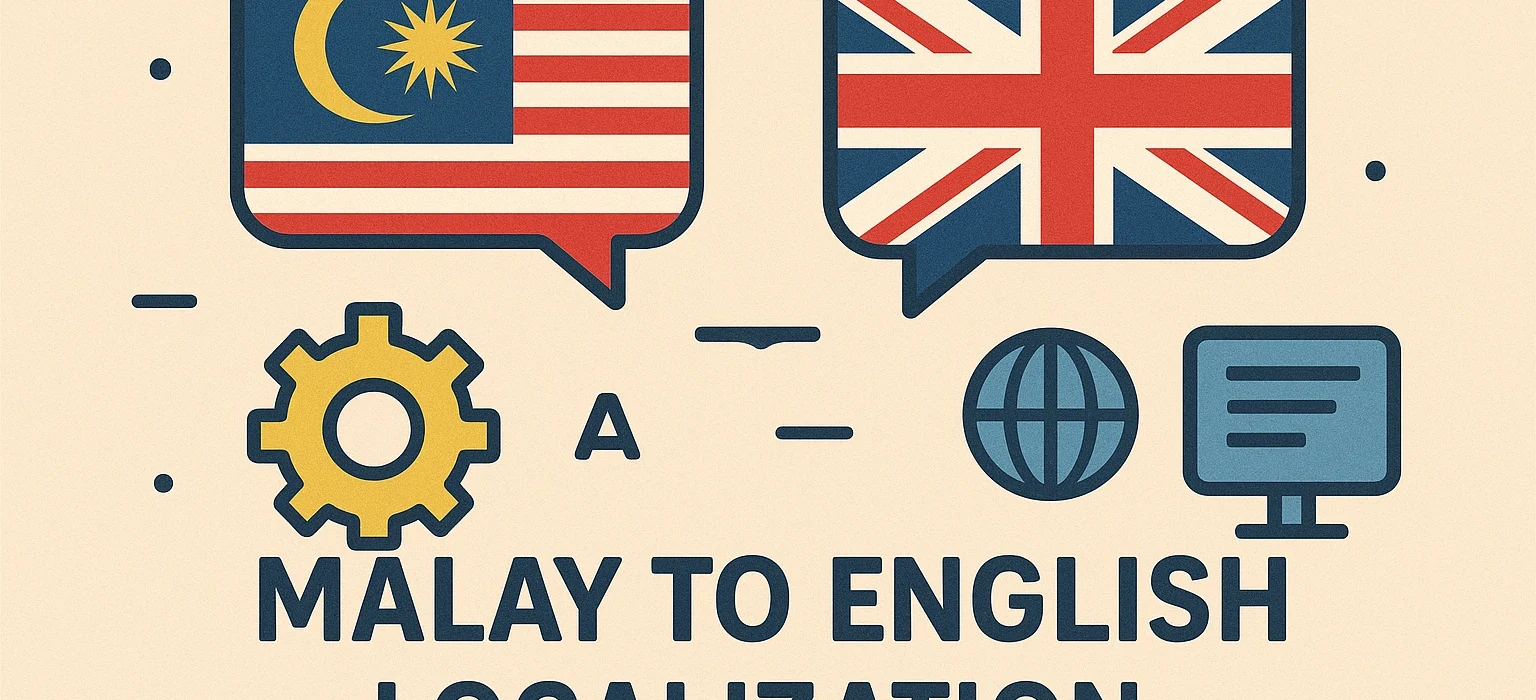Translating medical content isn’t just about word substitution—it’s about saving lives. In Malaysian to English localization|translation, medical text carries both cultural nuance and scientific precision. A misplaced term or ambiguous phrase can mean the difference between effective treatment and serious risk.
Below are four major sectoral use cases that highlight how careful localization keeps meaning intact while making medical content globally understandable.
1. Pharmaceutical Labels and Packaging
Malaysia’s National Pharmaceutical Regulatory Agency (NPRA) requires bilingual labeling—Bahasa Malaysia and English. Translators must maintain absolute accuracy between dosage, contraindications, and side effects.
For instance, the Malay phrase “tidak sesuai untuk wanita mengandung” should be translated as “not suitable for pregnant women,” not “unsuitable for women in pregnancy,” which can sound unclear to an English reader. Accuracy isn’t negotiable—it’s regulatory.
Localization tip: Keep structure consistent, avoid idiomatic expressions, and confirm units of measure in the target region (mg vs mL vs IU).
2. Clinical Trial Documentation
Malaysia’s clinical research ecosystem often collaborates with English-speaking institutions. Translators working on patient consent forms must maintain medical integrity *and* cultural sensitivity. Terms like “izin bertulis” (written consent) must match international legal expectations while staying culturally neutral.
Challenge: Some Malay terms imply formality or respect that English lacks, so translators may adapt syntax to preserve tone without overcomplicating legal intent.
Localization tip: Ensure consistency with International Conference on Harmonization (ICH-GCP) standards when localizing trial documentation.
3. Hospital Communication and Patient Education
Hospitals often produce bilingual brochures for patient awareness campaigns—on topics like dengue prevention, diabetes management, or post-surgery care. Literal translations can confuse or alienate patients.
For example, “ambil berat kesihatan anda” literally means “take heavy your health,” but the localized English version should read “take care of your health.” The shift from literal to idiomatic translation is crucial for accessibility.
Localization tip: Translate with empathy. Test readability using common-grade English while keeping medical terminology intact.
4. Public Health Campaigns and Research Dissemination
When Malaysia’s Ministry of Health issues press releases on outbreaks or public advisories, English localization ensures clarity for foreign press and international agencies.
However, words like “jangkitan” can mean either “infection” or “contagion,” depending on context. Mislabeling one for the other can alter risk perception.
Localization tip: Always confirm disease taxonomy, clinical terminology, and epidemiological phrasing using WHO or ICD-10 references.
Conclusion
Medical translation demands both linguistic skill and sector knowledge. Whether labeling drugs or translating trial data, translators must prioritize meaning, safety, and cultural accuracy. In Malaysian to English localization/translation, precision is not optional—it’s ethical.
FAQs
Q1: Why is medical translation so sensitive?
Because lives can depend on correct interpretation—accuracy ensures patient safety.
Q2: What references do medical translators use?
WHO, ICD-10, NPRA guidelines, and bilingual medical dictionaries.
Q3: How do translators handle abbreviations?
Maintain international standards and spell out uncommon terms at first mention.
Q4: Should medical pamphlets be literal?
No—use natural, plain English that prioritizes comprehension over direct translation.
Q5: Can AI assist medical translation?
AI can pre-draft, but only certified translators should finalize clinical material.


